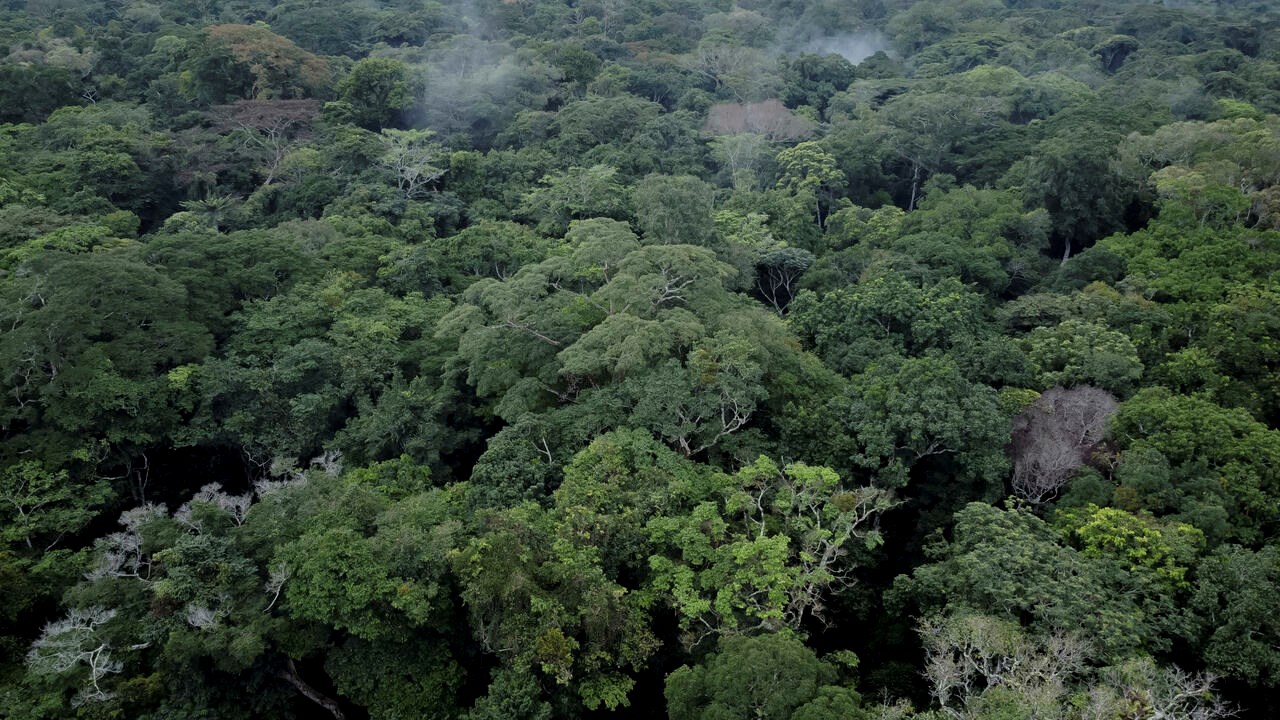DR Congo rainforest under threat; scientists scramble to protect it
Around 30 billion tonnes of carbon are stored across the Congo Basin, which is roughly equivalent to three years of global emissions.
-

Scientists fight to protect the DR Congo rainforest as threats increase.
In the northern Democratic Republic of the Congo, a sensor-laden tower juts above the canopy, measuring carbon dioxide emissions from the world's second-largest tropical rainforest.
The Congo Basin rainforest spans multiple nations in central Africa and is home to a dazzling array of species. However, as loggers and farmers advance deeper into the forest, there are rising fears about its future, which is deemed vital for CO2 sequestration.
Scientists at the Yangambi Biosphere Reserve in the DRC's Tshopo province are investigating the role of the rainforest in climate change, a topic that has received little attention until lately.
Read next: Brazil deforestation hits new record
The CO2-measuring flux tower, standing 55 meters tall, went online in 2020 amid the lush reserve of 250,000 hectares (620,000 acres).
During the Belgian colonial era, Yangambi was well-known for his tropical agronomy study.
It also hosted scientists this week as part of pre-COP 27 sessions in the DRC, ahead of the COP27 climate summit in Egypt in November.
The CongoFlux CO2 measurement project's director, flux towers are prevalent around the world, according to Thomas Sibret. But, until Yangambi, there had been none in Congo, limiting "our understanding of this ecosystem," he said.
Read next: UK company heavily linked to Amazon deforestation
The Congo Basin stores around 30 billion tonnes of carbon, according to a 2016 study published in Nature. This amount is roughly equal to three years' worth of world emissions.
More time is needed to draw firm conclusions from the DRC's flux tower data, but one thing is certain: the rainforest sequesters more greenhouse gases than it emits, according to Sibret.

 2 Min Read
2 Min Read








